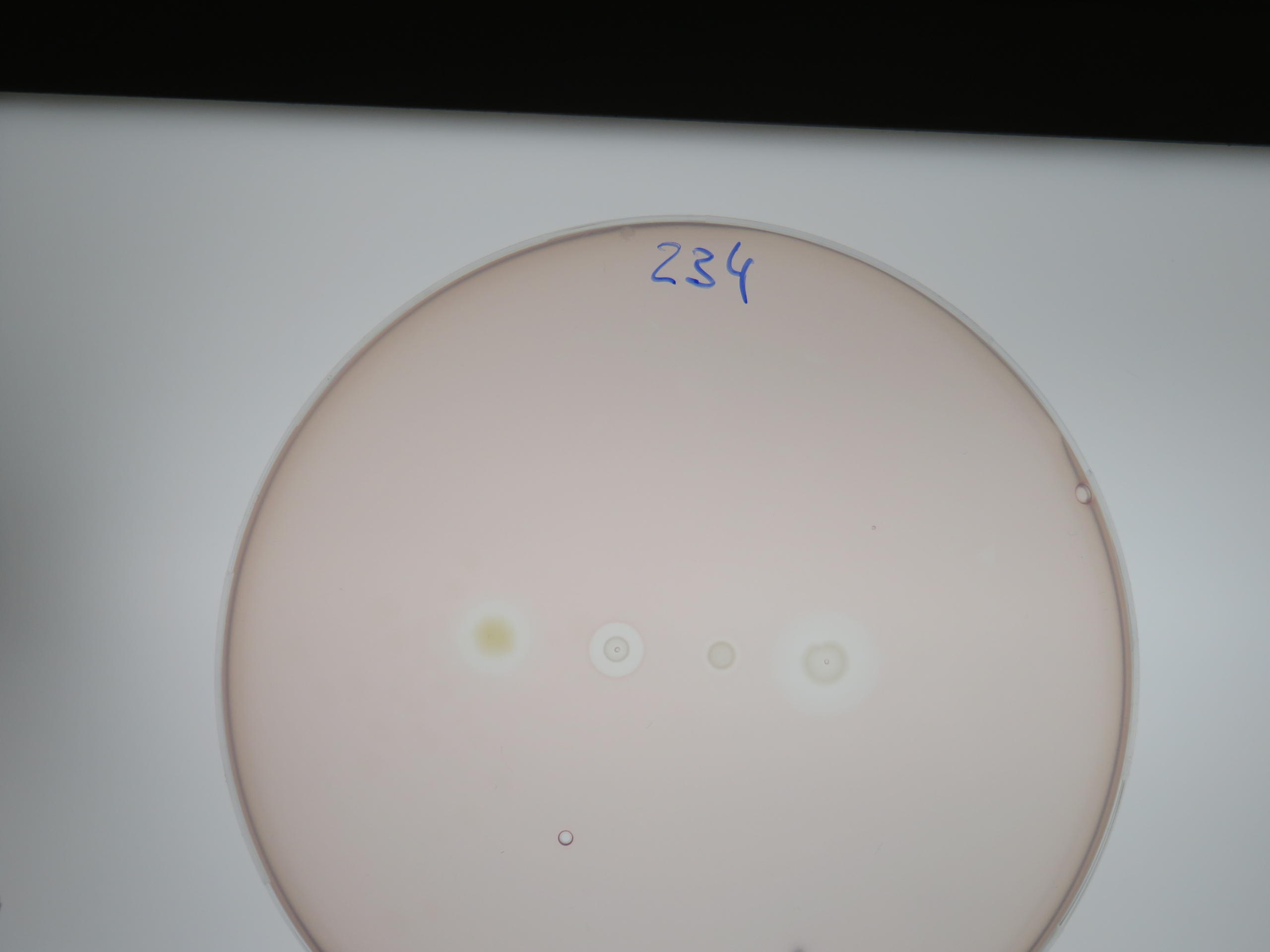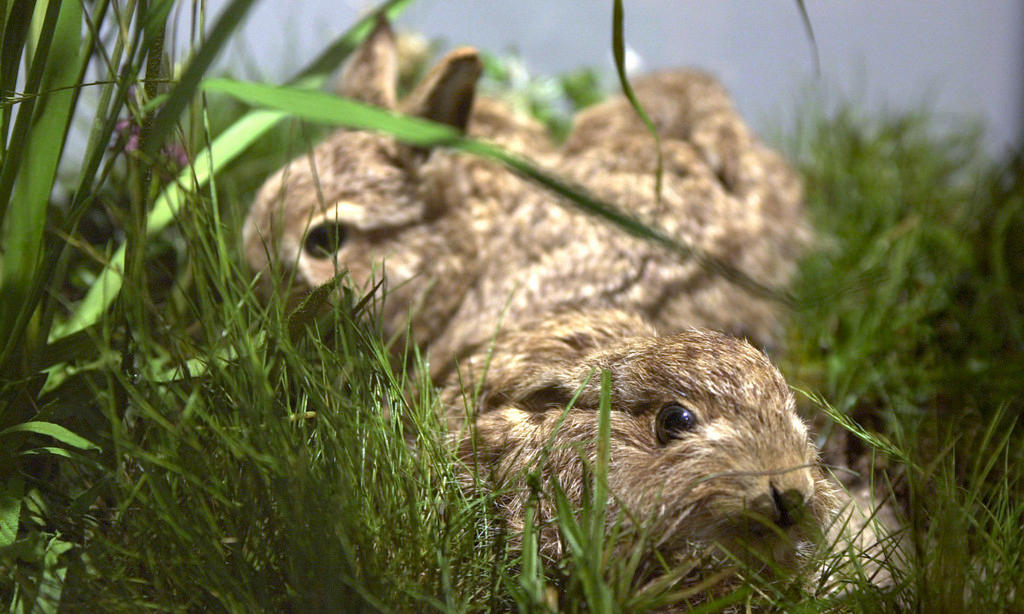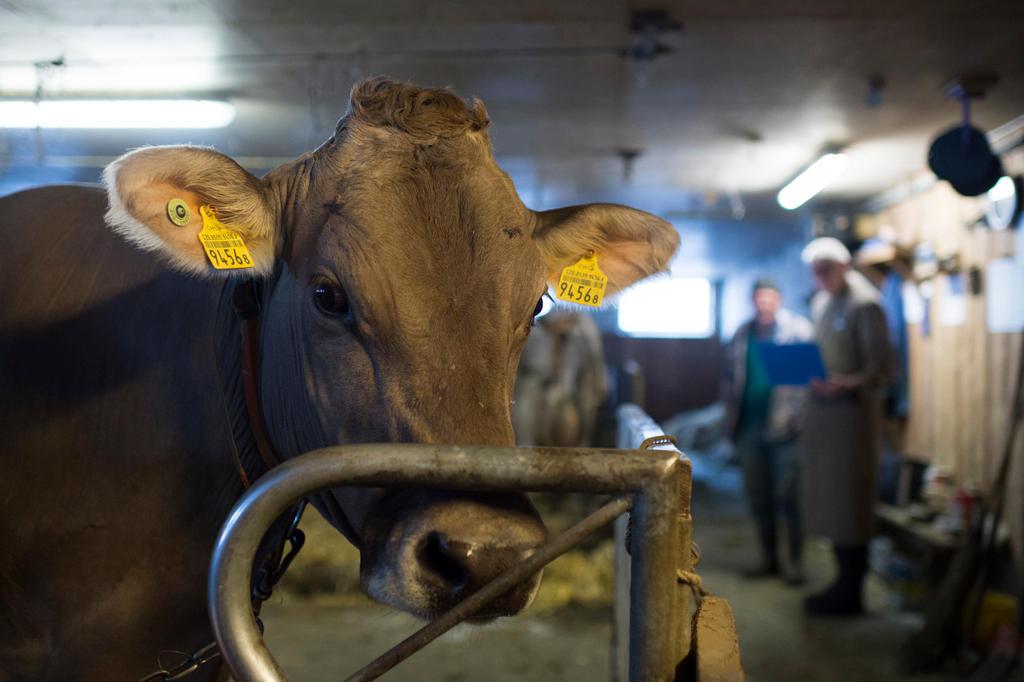Discovery could help counter antibiotic resistance

Swiss researchers have brought to light new antibiotic substances in bacteria on a still rarely explored site: the surface of a common field weed. It is hoped the findings could eventually lead to products to counter antibiotic resistance.
Many of the antibiotics in use today were developed from natural products made by bacteria to ward off other bacteria and have been primarily looked for and found in soil, a statement from the Swiss National Science Foundation (SNSF)External link said on Friday.
A team led by professors Julia Vorholt and Jörn Piel of the Institute of Microbiology at Federal Institute of TechnologyExternal link Zurich (ETH Zurich) have been looking at a totally different ecosystem: the leaves of plants, as part of the National Research Programme “Antimicrobial ResistanceExternal link” (NRP 72). Their target: Arabidopsis thaliana, or thale cress, which grows in the wild.
This microcosm, known as the phyllosphere, is poor in nutrients. “That gives rise to intense competitive pressure,” said Vorholt. “As a result, bacteria produce a diversity of substances that allow them to defend their habitat.”
Antibiotic compounds
The scientists were able to discover a remarkably chemically productive bacterium: Brevibacillus sp. Leaf 182. In experiments, it inhibited half of the 200 strains that the researchers had isolated from the leaf surfaces.
The bacterium produces and secretes at least four antibiotic chemical compounds. Two of these compounds were already known, while a substance called macrobrevin presented a previously unknown chemical structure.
“Using bioinformatic methods, we looked for groups of genes that generally control the production of substances and could thus have effects on other bacteria,” explained Vorholt in an ETH Zurich statementExternal link.
The team also performed laboratory tests to determine which of these strains had an antibiotic effect on other strains. In total, they discovered over 700 antibiotic interactions between different microbial strains.
The results have been published in the latest edition of the journal Nature MicrobiologyExternal link.
Future hopes
The aim of the project was to find new antibiotics in a previously unexplored habitat.
“We hardly have any antibiotics now that at least one pathogen is not resistant to,” said Piel in the ETH Zurich statement, adding that firms had basically suspended the search for new substances as they are not considered profitable enough.
The researchers hope they are tapping into a new reservoir with great potential. “We will now determine whether macrobrevin and other newly discovered substances are also effective against bacteria that cause diseases in humans,” said Piel.
The even greater achievement, he added, is having shown that there are still many natural antibiotic substances waiting to be discovered in the microcosms of leaf surfaces. “This incredibly diverse ecosystem can most definitely still offer medicine many new leads. Our results confirm that it is worth expanding the search for antibiotics in nature,” the professor said.

In compliance with the JTI standards
More: SWI swissinfo.ch certified by the Journalism Trust Initiative




You can find an overview of ongoing debates with our journalists here. Please join us!
If you want to start a conversation about a topic raised in this article or want to report factual errors, email us at english@swissinfo.ch.